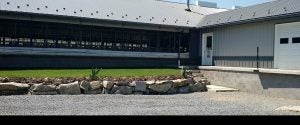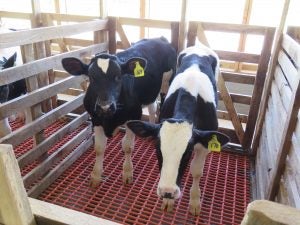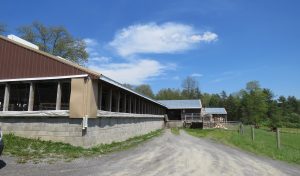I was recently invited by the American Veal Association to tour veal farms in Indiana and Pennsylvania. I reached out to a friend who worked in that sector a couple of years ago to learn more about veal farming. As a dairy farmer, I knew very little about veal farming and what I did “know” was from the negative perception activists paint online. We do not have any veal farms in our area, and our bull calves are not raised as veal. I decided I need to get both sides of the story of raising veal calves so I could make my own judgement.
I was very surprised by the statistics that were laid out for me and thankful for the online interview I was able to do then with a veal farmer from Wisconsin. But of course, being the person I am, I also wanted to see it for myself. Last week I spent four days visiting veal farms and a packing plant.
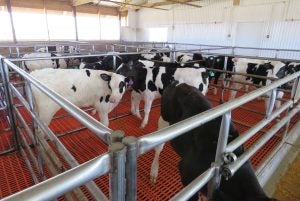
Here are some things I think you should know:
In the United States, 100 percent of veal farms are family owned. The majority of these farms are Amish or Mennonite families, which is why you don’t see many veal farmers online sharing their story. The average farm size in the U.S. is 200 to 225 calves. Veal farms operate much like the poultry industry, with most of them being contract growers.
The primary states in which veal is raised are Wisconsin, Indiana, Ohio, Pennsylvania, and New York. About a third of veal comes from the state of Indiana. Veal farms are primarily located in states with a high concentration of dairy farms as veal calves are primarily Holstein bull calves. Veal calves are also fed a high-quality milk replacer that has a primary ingredient of whey, which requires veal farms to be near cheese plants. This milk replacer is specially formulated to make sure all of the calves’ nutritional needs are met. Healthy calves are very important.
There are two main types of veal in the United States: “milk-fed” and “bob” veal. Milk-fed veal calves are on average 20 to 22 weeks of age with some farms raising up to 26 weeks. The average weight of these calves are anywhere from 475 to 500 pounds, depending on the farm. While their diet is mostly milk replacer, they are also fed grain. It is incredibly important that they receive a well-balanced diet. Many of the farms monitor the calves’ iron. A common myth I have read was that many of these calves are iron deficient due to poor nutrition; that is simply not the case.
Bob veal are bull calves that go directly from the dairy farm to the processing plant. They are not raised in small dark boxes like many would have you believe. They make up less than 10 percent of the U.S. veal industry.
Where do the rest of the bull calves from U.S. dairy farms go? They are raised much like a beef steer on pasture or in a feedlot.
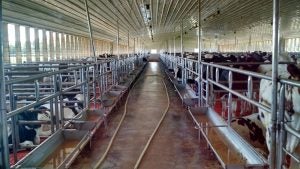
Veal calves are not raised in the dark, nor are they kept in small boxes. The veal industry has made tremendous changes since the ‘70s. Most of what you see or read online are “old practices.” Over 90 percent of U.S. veal farms raise their calves in group housing. By the end of 2017, all veal farms in the U.S. will be converted. This is an industry standard. One of the things that stood out to me on this tour was that all the barns were brand new. With all of the changes they have been making, most farmers either built brand new barns or completely remodeled their existing barns.
A few more interesting facts about veal are: The calves are not castrated or dehorned due to the age they are when harvested. It is illegal to use artificial growth hormones on veal calves in the U.S. The veal industry also has an amazing animal traceability program. They can trace each calf from the dairy farm they were born on all the way to the package of meat in the store or at the restaurant.
I can honestly say that these tours far exceeded my expectations and changed my perception of what I had read online. The calves were raised in clean barns by families just like ours. What constantly stood out to me was how clean the calves and barns were kept, how bright and airy the barns were, and how content the calves appeared.
Krista Stauffer is a wife, mother of three, and first-generation millennial dairy farmer. Krista works side by side with her husband and kids on their 140-cow dairy.
See more images of various veal facilities below.
